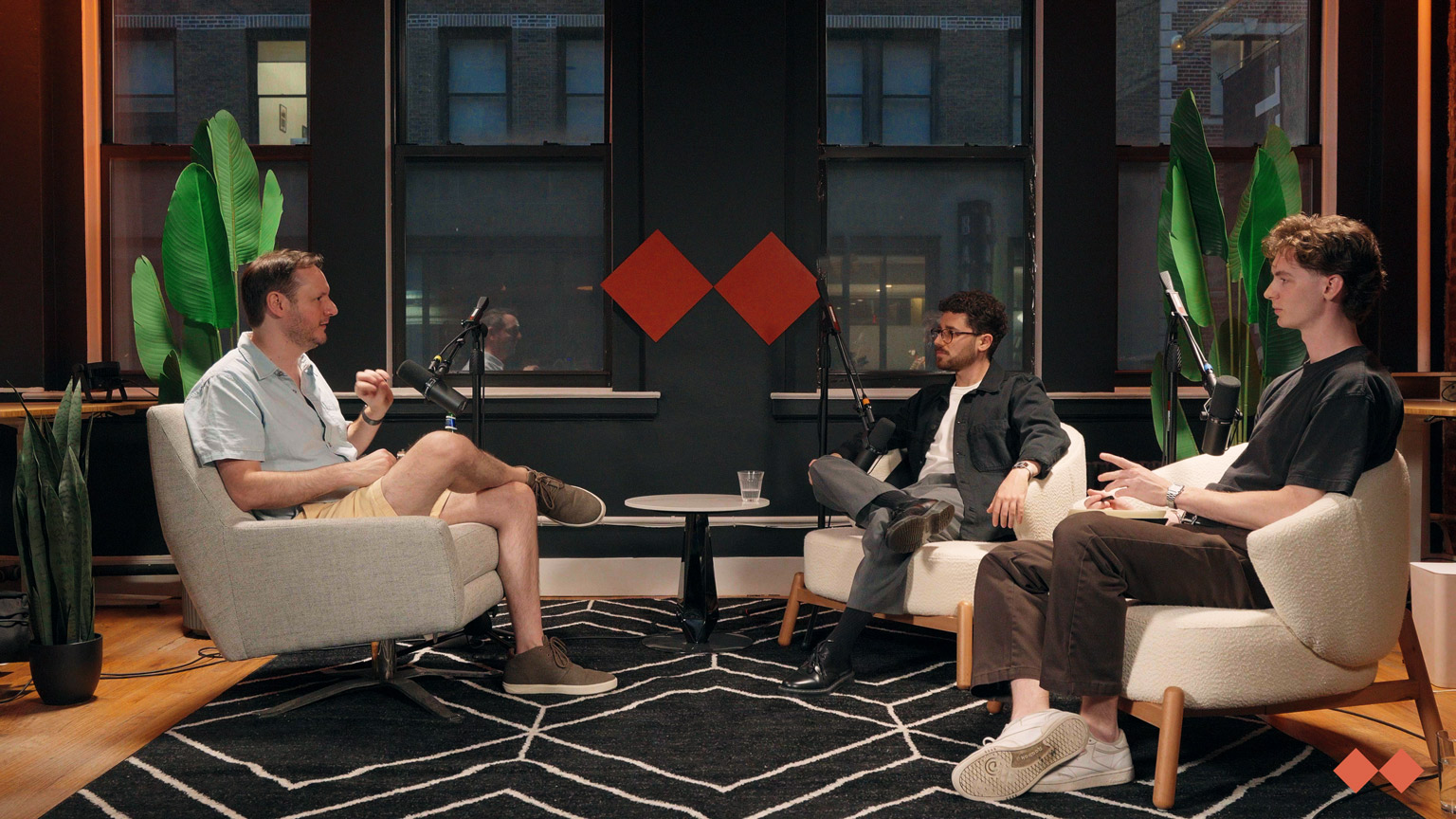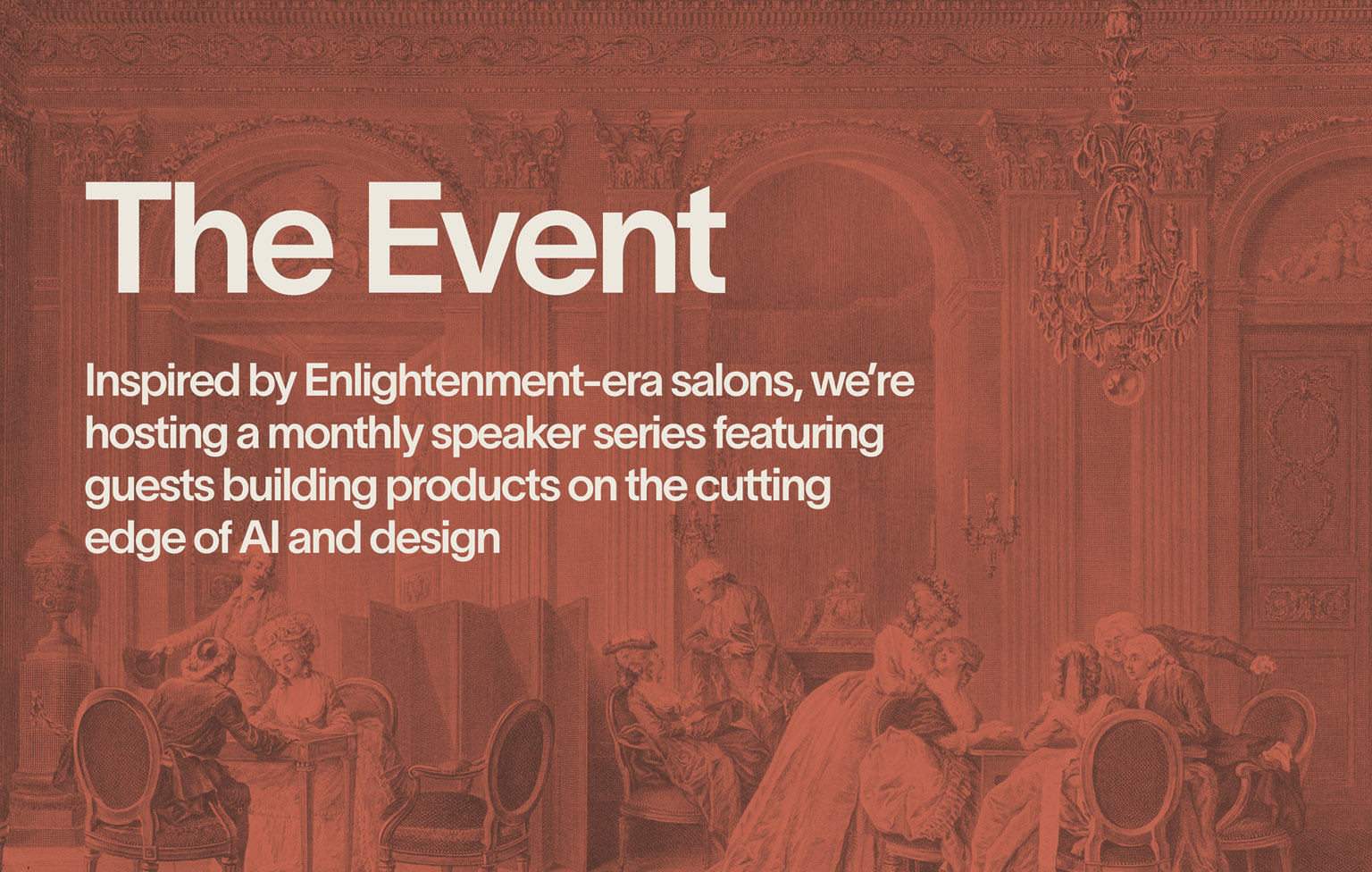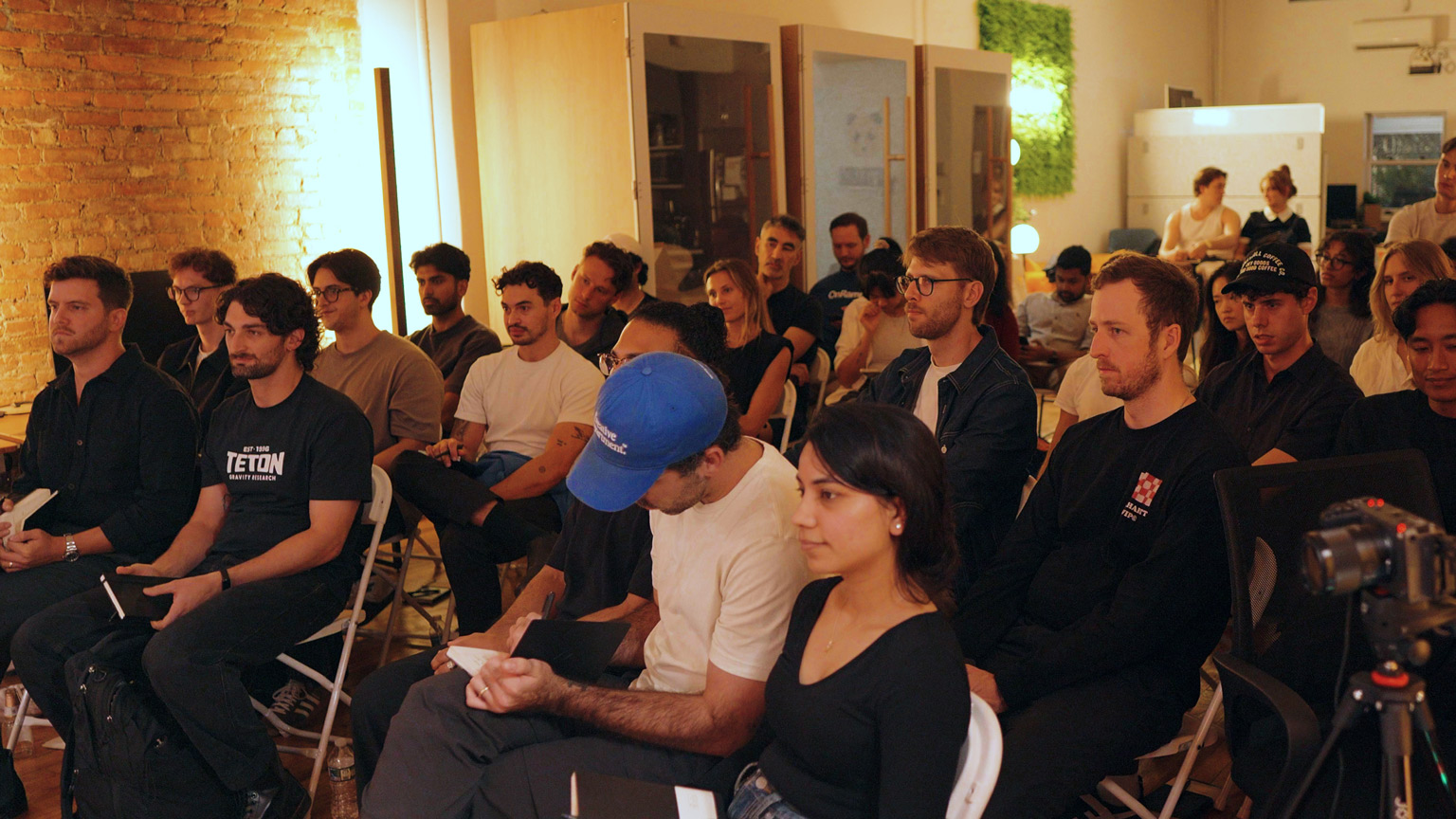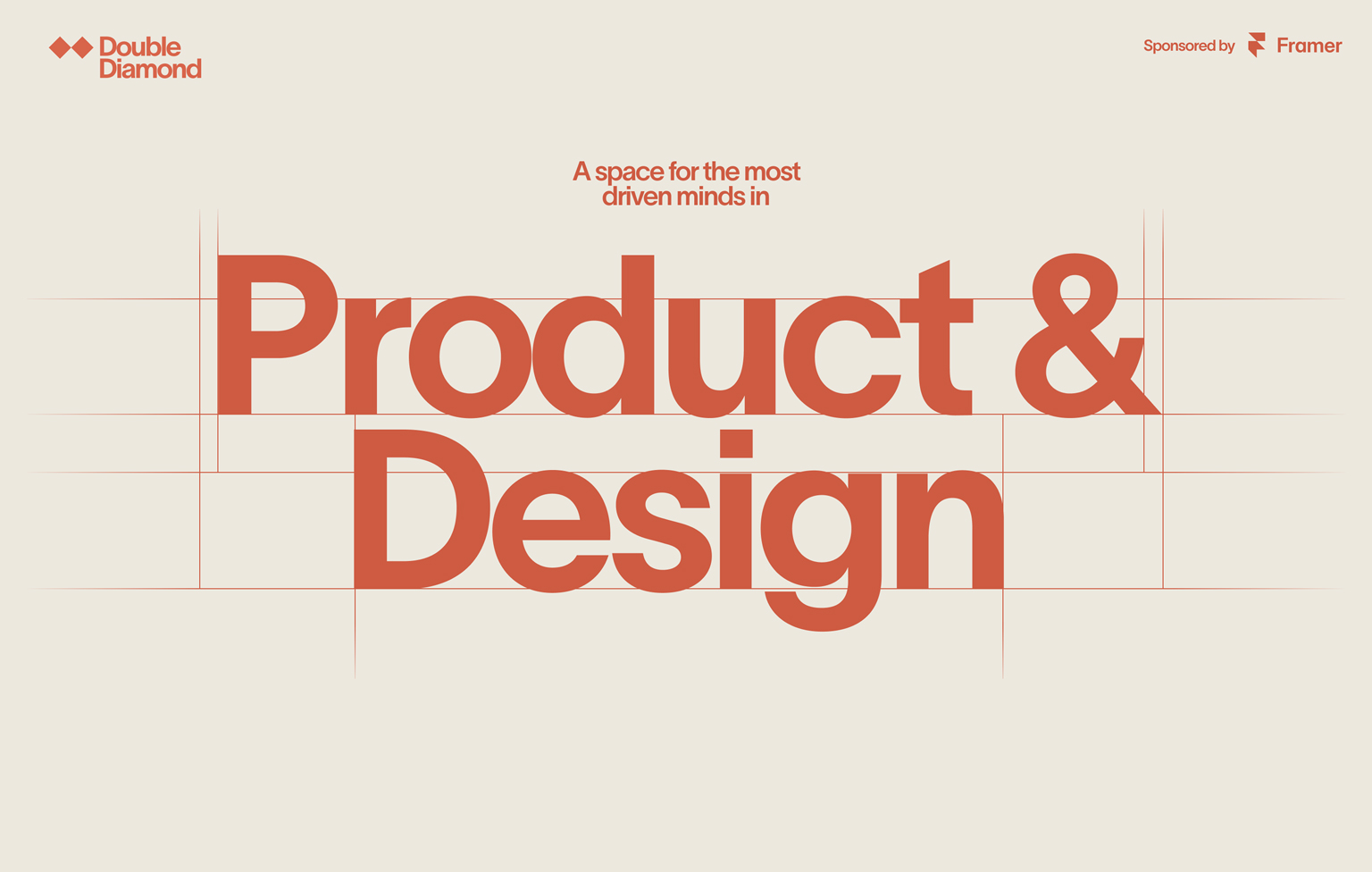John Falcone & Chase Goulet
How two NYC designers built Double Diamond, a new space for thoughtful conversations on AI and design.
John and Chase are product designers based in NYC and co-founders of Double Diamond, a community series exploring design, AI, and creativity through long-form conversation.
MK: We all met through the Designer Friends community, but for readers who don’t know you yet, can you each share a little about your path into design?










